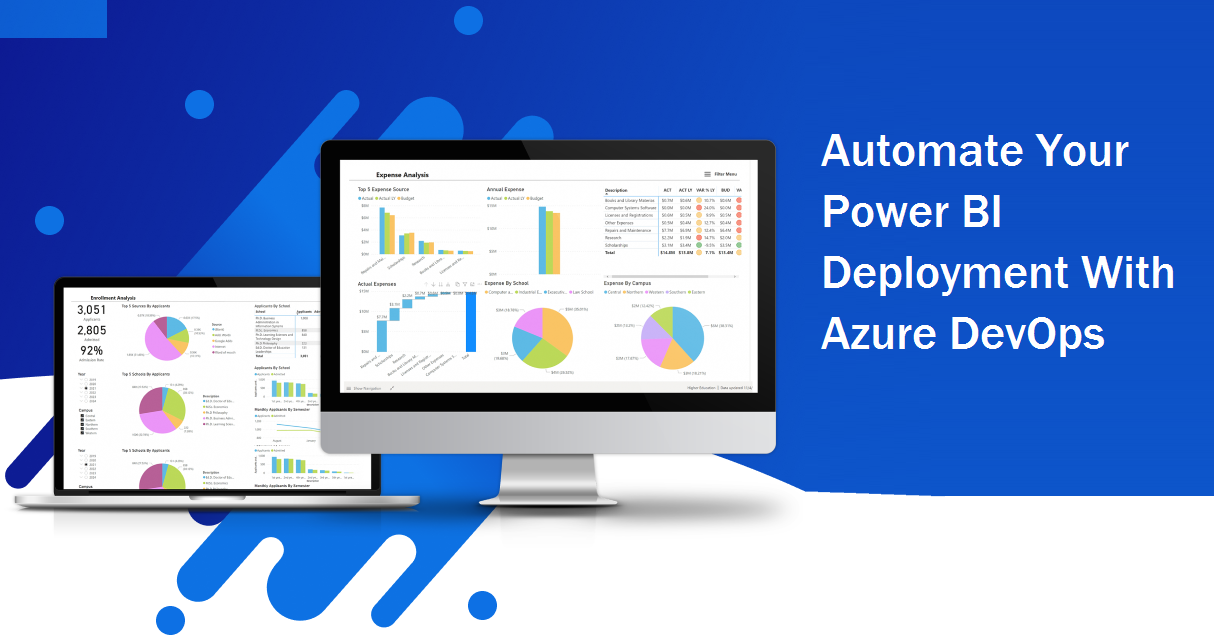One of the most popular programming languages humankind has ever created in Python. From the recommendations provided by Netflix to the software that manages the self-driven cars, everything has Python lying underneath.
Since it is a general-purpose language, Python can be used in various applications such as software and web development, data science, automation, etc. So, if you are interested in creating a gaming platform, you can take the help of a Python development company in India. But, first, let us study Python and its recent developments and upgrades in depth.

Table Of Contents
What is Python?
Python is a general-purpose language, and a computer programming language often used to build software, conduct data analysis, and automate tasks. Since it is a general-purpose language, one can create various Python programs. Also, it is not specified to serve any specific purpose.
It is due to the versatility of Python that many prefer using it. Also, because of its user-friendliness, beginners prefer working with Python. These are the reasons behind its massive popularity. In 2020, a survey revealed that Python is the most widely used programming language among developers.
Use of Python
Generally, Python is used for serving these purposes:
- Data analysis
- Data visualization
- Developing software and website
- Task automation
Since Python as a programming language is easy to learn, many non-developers also use Python for generating everyday tasks like managing accounts, organizing finances, scientific developments, etc. Some of the common ways in which Python is used are discussed below:
Data analysis and machine learning
The combination of Python and data science has become so intense that today, one cannot live without the other. Right from creating data visualizations to building machine learning algorithms, manipulating and analyzing data, conducting complex calculations, and completing all data-related tasks, Python makes all these tasks much easier than it was. Besides, Python has built a wide range of data visualizations such as pie charts, 3D plots, bar graphs, etc. Moreover, the extensive library of Python enables programmers to write programs for machine learning and data analysis swiftly.
Web development
Often, programmers use Python to develop the back end of a website development service or an application. Python’s tasks in web development include sending data to and from servers, communicating with the database, processing data, ensuring security and URL routing. Some of the common frameworks of Python for web development are Flask and Django.
Scripting or automation
If you have to perform a task, again and again, you are suggested to use the automation feature of Python. The code you write using Python’s automation function is known as scripting. In terms of coding, the automation feature can convert files, check multiple errors, remove data duplication and conduct simple math. Even beginners can use Python to automate simple tasks.
Software testing and prototype
Python can track bugs, build control, and test them for software development. Also, Python allows you to automate the testing of new products.
Everyday tasks
Learning Python can help people who are non-programmers by simplifying their everyday tasks. Some of the regular tasks that Python can automate are as follows:
-
- Renaming large files
- Filling out online forms automatically
- Updating grocery shopping list
- Sending a reminder
- Keeping track or monitoring the stock market
- Converting text files to spreadsheets
New advancements in Python 3.11
Recently, Python has come up with an updated version, Python 3.11. Given below are the features that you can find in the 3.11 version of Python:
Enhanced error locations in tracebacks
Now, when you print tracebacks, the interpreter will point at the exact expression that has created the error. So, instead of pointing just at the line, Python 3.11 hints at the error. In the previous versions of Python, the interpreter would highlight only the line, thereby making it ambiguous about the object depicted as ‘None.’ However, in this feature, you had to store column positions in coded objects.
Column information for code objects
In this feature, the information is used by the enhanced traceback feature. Further, it is made available as an API that can be again used to correlate bytecode instructions with the source code.
Exceptions can be enriched with a strong note
Here, the ‘note’ field is added to the ‘base exception’ field. Although it is described as ‘none’ by default, it can be set to a string that is again added to the traceback of the exception.
Other language changes
Now, asynchronous comprehensions are allowed to exist inside the comprehensions in asynchronous functions. This means that the outer comprehension explicitly becomes asynchronous. Further, instead of an ‘attribute error,’ a ‘type error’ is now raised. This is especially done for objects that do not support the asynchronous or simple context manager protocols. This ‘type error’ is now raised with an ‘async with’ statement, mainly for those objects that do not support the asynchronous context manager.
New modules
Furthermore, No new modules have been added to Python 3.11 yet. Whatever was there are improved now. The existent modules include fractions, inspect, math, operator, OS, sys, squlite3, threading, time, fcntl, Unicode data, etc.
Conclusion
To conclude, the Python developers who have added some fantastic insights and developments into the latest version of Python. We hope all the new developments will be of immense help to both the developers and the non-developers. If anyone is struggling with Python, he can immediately consult Techcronus- A company that provides website development services, and with a host of python, professionals to guide and support.
















 Get Started
Get Started

